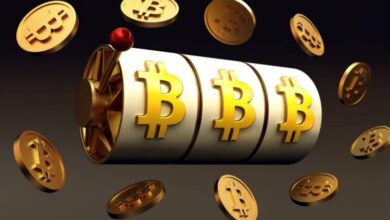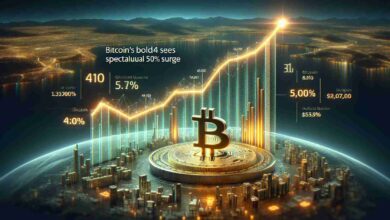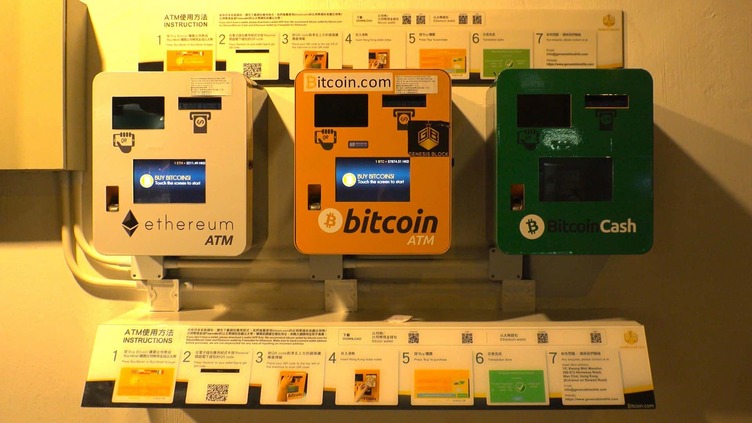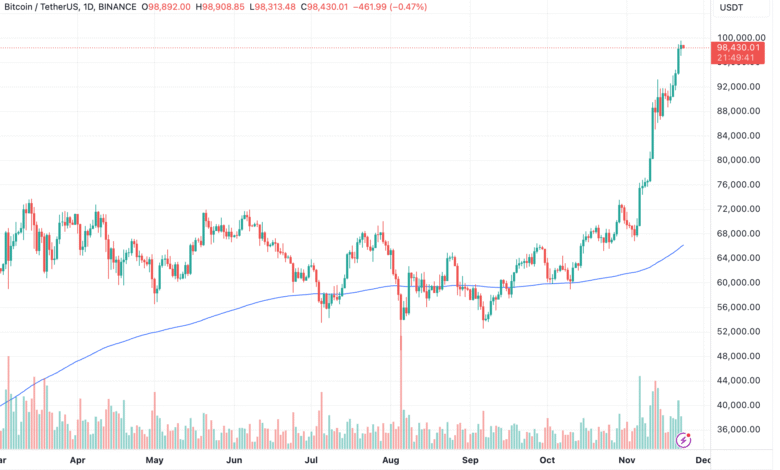
Bitcoin Futures Funding Rates Neutral Despite Price Surge
Volatility defines the world of cryptocurrency trading most of the time, and Bitcoin (BTC) leads this ever-changing market. Many traders focus on Bitcoin Futures, a kind of contract that lets one speculate on Bitcoin’s future price fluctuations as its price swings. The funding rate is a fundamental component of knowledge of Bitcoin futures since it is necessary to preserve market balance.
Many market players find it perplexing why funding rates for Bitcoin futures have lately stayed neutral despite Bitcoin’s notable price increase. This article will discuss the reasons behind Bitcoin futures funding rates remaining neutral during a price increase and the effects of this phenomenon on traders and the larger market.
Bitcoin Futures Funding Rates
Understanding the function of funding rates in Bitcoin’s future is crucial to grasp their significance fully. Bitcoin futures are derivative contracts that allow traders to speculate on the future price of Bitcoin. Depending on the exchange, these contracts can be settled in cash or through physical delivery.
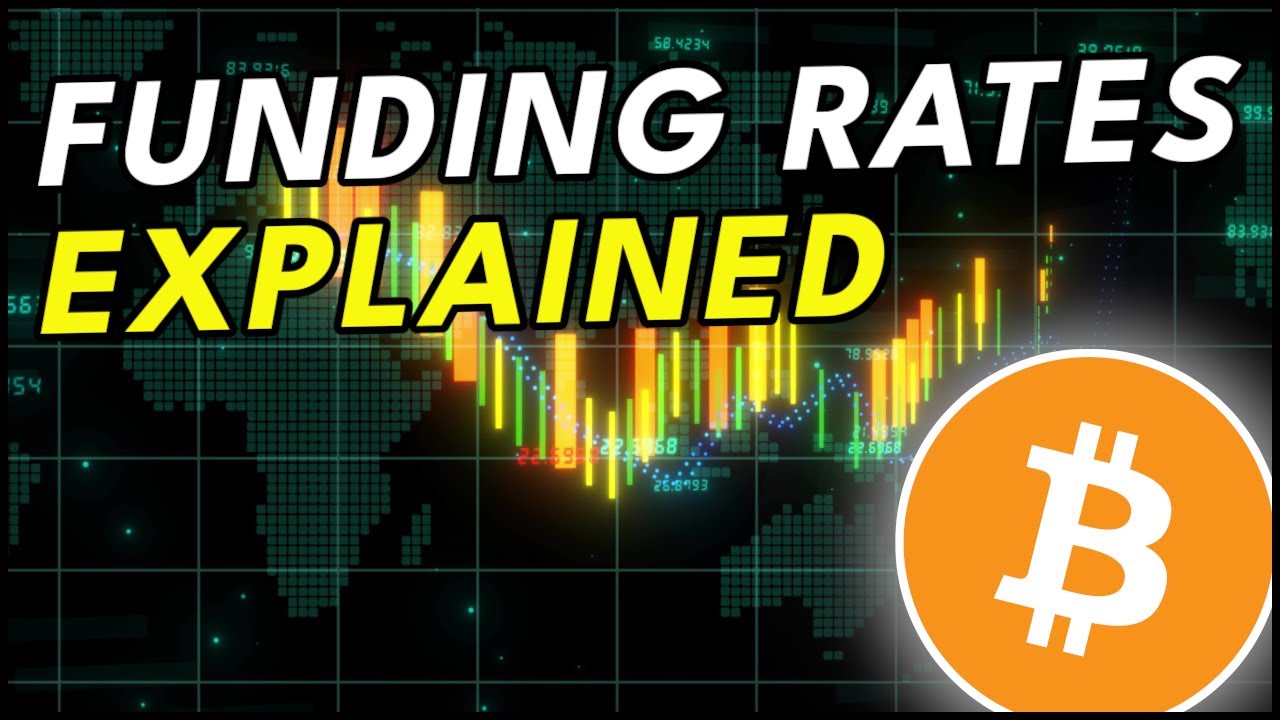
The funding rate is a mechanism that ensures the price of Bitcoin futures aligns closely with the underlying spot price. Futures contracts are traded at different prices, and when these prices diverge from the spot price, the funding rate comes into play. This rate is paid periodically, usually every 8 hours, by either the long or short positions, depending on the market’s direction. When the funding rate is positive, those holding long positions (betting that the price will rise) pay those with short positions (betting that the price will fall), and vice versa.
The funding rate is vital for traders because it directly impacts their profitability. A high positive rate can increase the cost of holding a long position, while a negative rate can make it cheaper.
Neutral Bitcoin Funding
Usually, demand for long positions rises as Bitcoin shows a notable price rise. Long traders are prominent in the market because they hope the price will keep rising. Consequently, the financing rate usually turns positive since more traders are ready to gamble on Bitcoin’s upward movement.
Funding rates have, however, stayed mainly neutral amid the current Bitcoin price explosion. This is odd since it implies that the market mood is not as generally optimistic as the price movement could suggest. Several elements help to explain this impartial attitude.
Institutional Investors’ Impact
The rising participation of institutional investors in the Bitcoin market is a primary determinant of the neutral funding rates. Unlike ordinary traders, institutional investors are more focused on long-term value and often less motivated by transient price swings. These investors—hedge funds, asset managers, and even publicly traded companies—are likelier to adopt advanced trading techniques, including hedging or arbitrage, to control their Bitcoin exposure.
Regarding Bitcoin futures, institutional investors approach things more sensibly. They usually avoid the extreme positions that retail traders could adopt during a price run. This helps prevent the kind of severe financing rate discrepancies usually observed in unstable market conditions. Consequently, the market stays more balanced, and the funding rates remain neutral even with Bitcoin’s price increase.
Market Makers’ Role
Market makers and liquidity providers are key players in maintaining neutral funding rates. These entities ensure liquidity in the market, which helps maintain price stability. Market makers smooth out significant price fluctuations by adjusting their buy and sell orders continuously. Their role becomes crucial during periods of high volatility, such as a price surge.
Market makers also balance the supply of long and short positions. When the price of Bitcoin surges, they adjust their strategies to prevent an imbalance between the demand for long and short positions. This balancing act helps ensure that the funding rates remain neutral, even when the price moves sharply in one direction.
Conservative Bitcoin Trading
While retail traders are often drawn to Bitcoin futures during a price surge, speculative behavior tends to be more cautious than expected. Many traders, particularly those with experience, are wary of chasing a price rally without sufficient evidence that it will continue. In this environment, the demand for long positions is not as extreme as it might have been in past surges. This more conservative approach from traders helps prevent the funding rates from becoming skewed in one direction.
Furthermore, many traders are adopting more measured strategies, such as dollar-cost averaging (DCA), which involves consistently purchasing Bitcoin over time rather than making large, speculative bets on its price movement. This shift in behavior also helps maintain the balance in the futures market and contributes to the neutrality of funding rates.
Bitcoin Stability Signals
Given the price explosion of Bitcoin, the neutral funding rates point to a market that is not too highly speculative right now. Although the spike is noteworthy, the lack of substantial funding rate imbalances suggests that no rush of traders mindlessly following the rally. This could be a good indication of the price stability of the Bitcoin Market shortly, since it implies that the surge could be based on better-grounded market conditions than on too intense speculation.
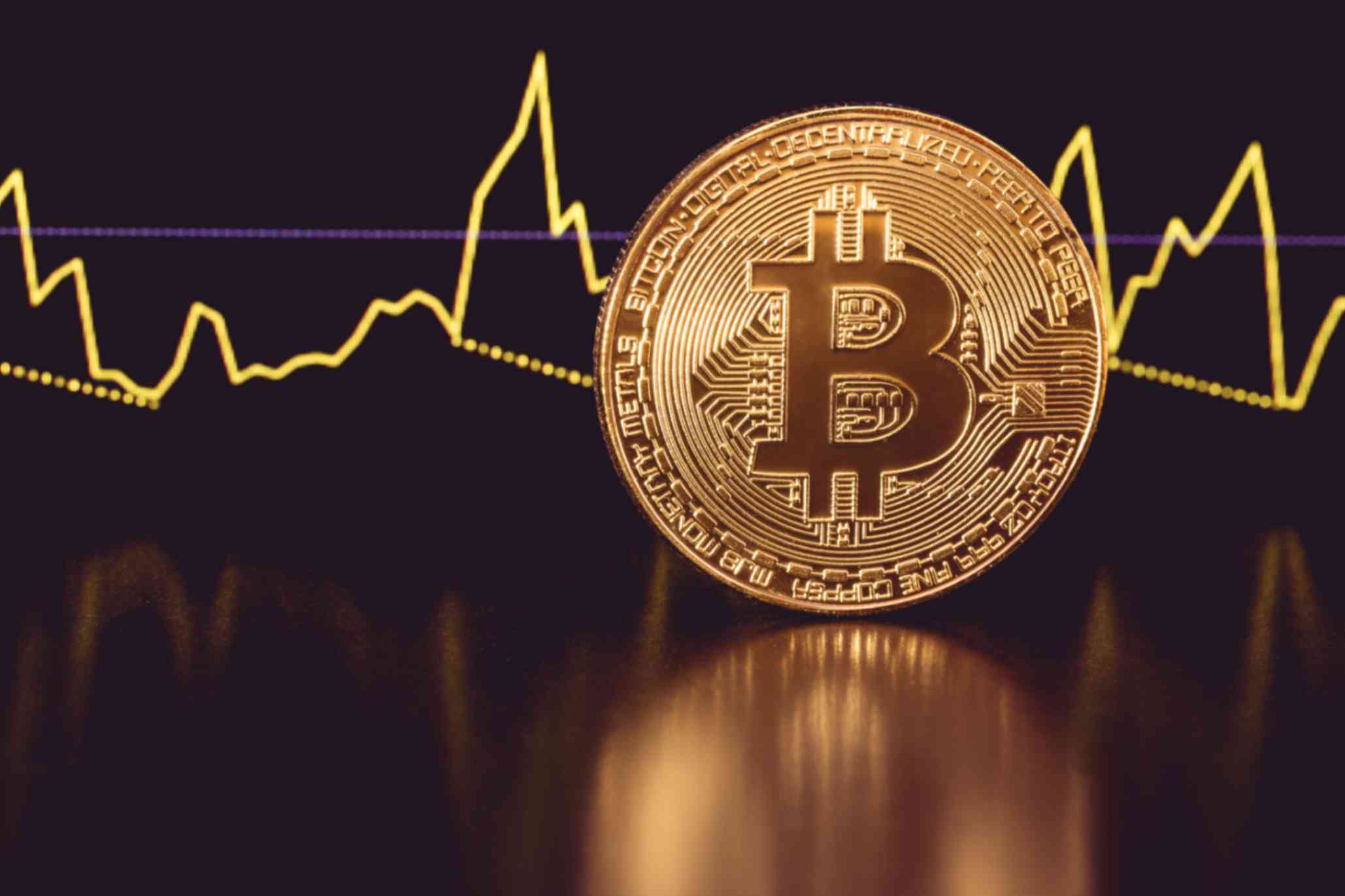
However, the neutral funding rates also show that traders are wary and await more definite signals before embracing a long-term positive view. This could suggest that the price of Bitcoin might go into a phase of consolidation, in which case it will stabilize before moving much in either direction.
Final thoughts
The current spike in Bitcoin prices raises problems regarding the behavior of Bitcoin futures funding rates. Funding rates have been neutral despite the notable price swings, suggesting a balanced market in which neither long nor short positions rule. The rising involvement of institutional investors, the stabilizing effect of market makers, and traders’ more cautious behavior help to explain this neutrality.

